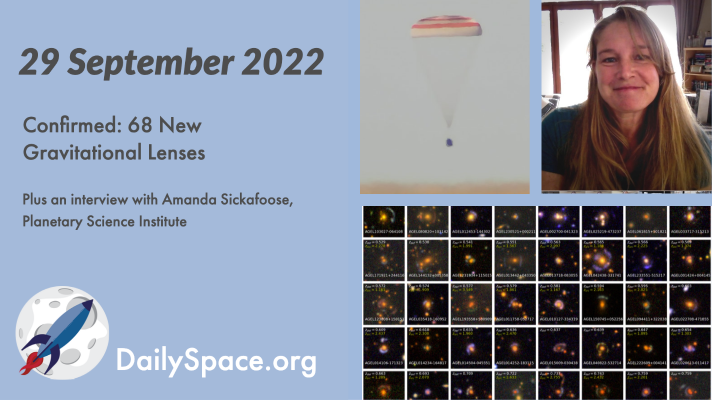
Sep 30, 2022 | Asteroids, Cosmology, Crewed Space, Daily Space, Earth, Guest Interview, Moon, ROSCOSMOS, Soyuz, Space China, Spacecraft, Stars
Using a machine learning algorithm, scientists have confirmed 68 out of 77 potential gravitational lens candidates from a subset of over 5,000 possibilities. Plus, generation one stars, astronauts coming home, dating craters on Earth, lunar glass, and an interview with Amanda Sickafoose regarding the DART mission.
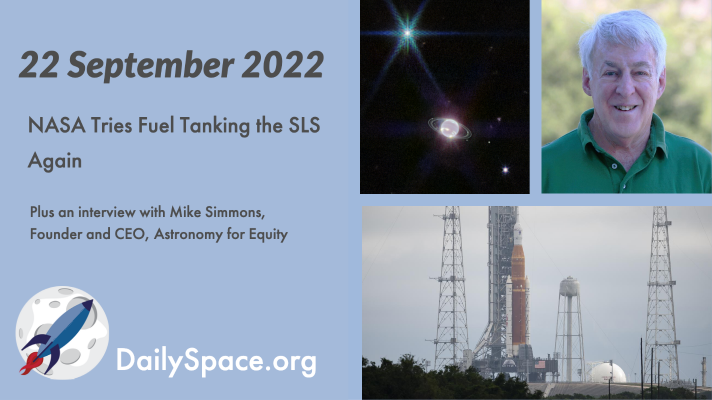
Sep 23, 2022 | Crewed Space, Daily Space, Guest Interview, JWST, Mars, Nebulae, Neptune, Rockets, ROSCOSMOS, Soyuz, Spacecraft
In advance of the next scheduled launch attempt, NASA conducted another test to fill the fuel tanks onboard the Space Launch System rocket. The results were mixed, but the launch is still on schedule. Plus, a crewed launch, beautiful images, and an interview with Mike Simmons from Astronomy for Equity about sending telescopes to underprivileged students.
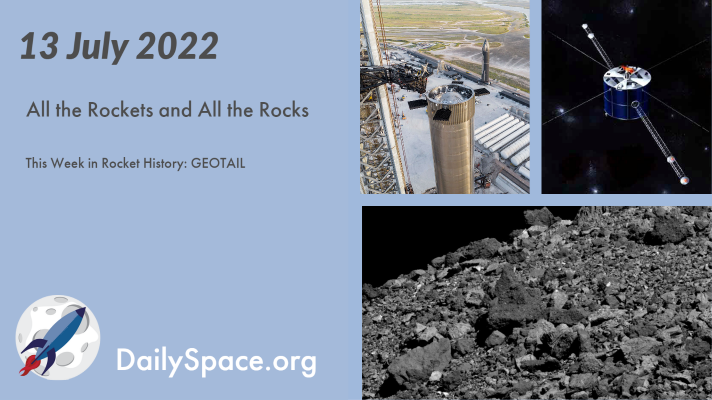
Jul 14, 2022 | Asteroids, Daily Space, ESA, Exoplanets, Neutron Stars / Pulsars, OSIRIS-REx, Rocket Lab, Rockets, ROSCOSMOS, Soyuz, Space China, Space History, SpaceX, Starlink, Vega
With the release of JWST’s first science images behind us, we now catch up on all the rocket launches of the past few days. Meanwhile, Bennu continues to be a favorite research topic and is the subject of three new papers released this week. Plus, pulsar-orbiting planets, and this week in rocket history, we look back at GEOTAIL.
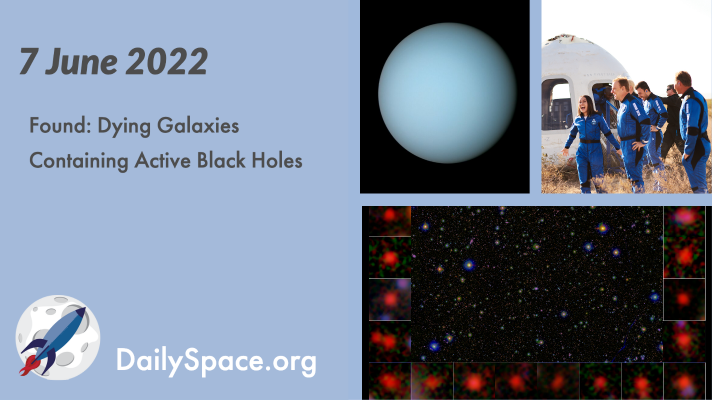
Jun 8, 2022 | Asteroids, Blue Origin, Climate Change, Cosmology, Crewed Space, Daily Space, Earth, Galaxies, Neptune, Rockets, ROSCOSMOS, Space China, Spacecraft, Supermassive Black Holes, Uranus
Astronomers combined observations of far distant galaxies exhibiting no signs of star formation and found active supermassive black holes that may have contributed to the evolution of their parent galaxies. Plus, rocket launches, detecting earthquakes, and why Uranus and Neptune are different shades of blue.
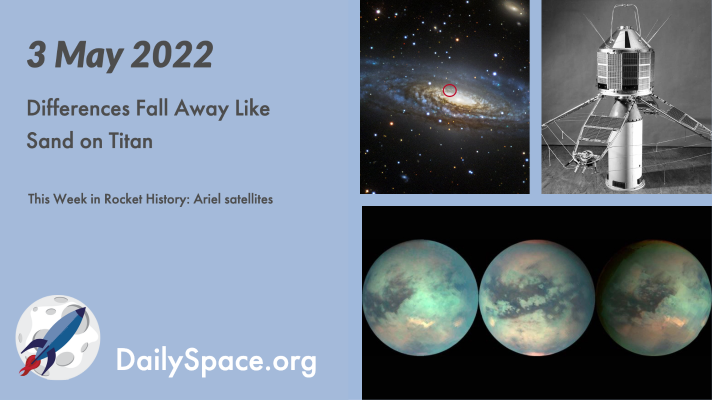
May 4, 2022 | Daily Space, Jupiter, Mars, Rocket Lab, Rockets, ROSCOSMOS, Space China, Space History, Spacecraft, SpaceX, Starlink, Supernovae, The Sun, Titan
Using spherical grains called ooids, found on Earth in shallow, tropical waters, scientists have found a possible mechanism for the formation of hydrocarbon sand on Titan. Plus, rocket launches, Jupiter and Mars, space explosions, and this week in rocket history, we look back at Britain’s Ariel satellite program.

Mar 28, 2022 | Cosmology, Crewed Space, Daily Space, ESA, JAXA, Review, ROSCOSMOS, Spacecraft, White Dwarfs
Researchers use data from ESA’s Gaia telescope to discover that white dwarf stars have two different distributions both in how they move and how bright they shine. Plus, all the International Space Station news, simulated JWST observations, and a review of a macro lens from Venus Optics.








 We record most shows live, on Twitch. Follow us today to get alerts when we go live.
We record most shows live, on Twitch. Follow us today to get alerts when we go live.